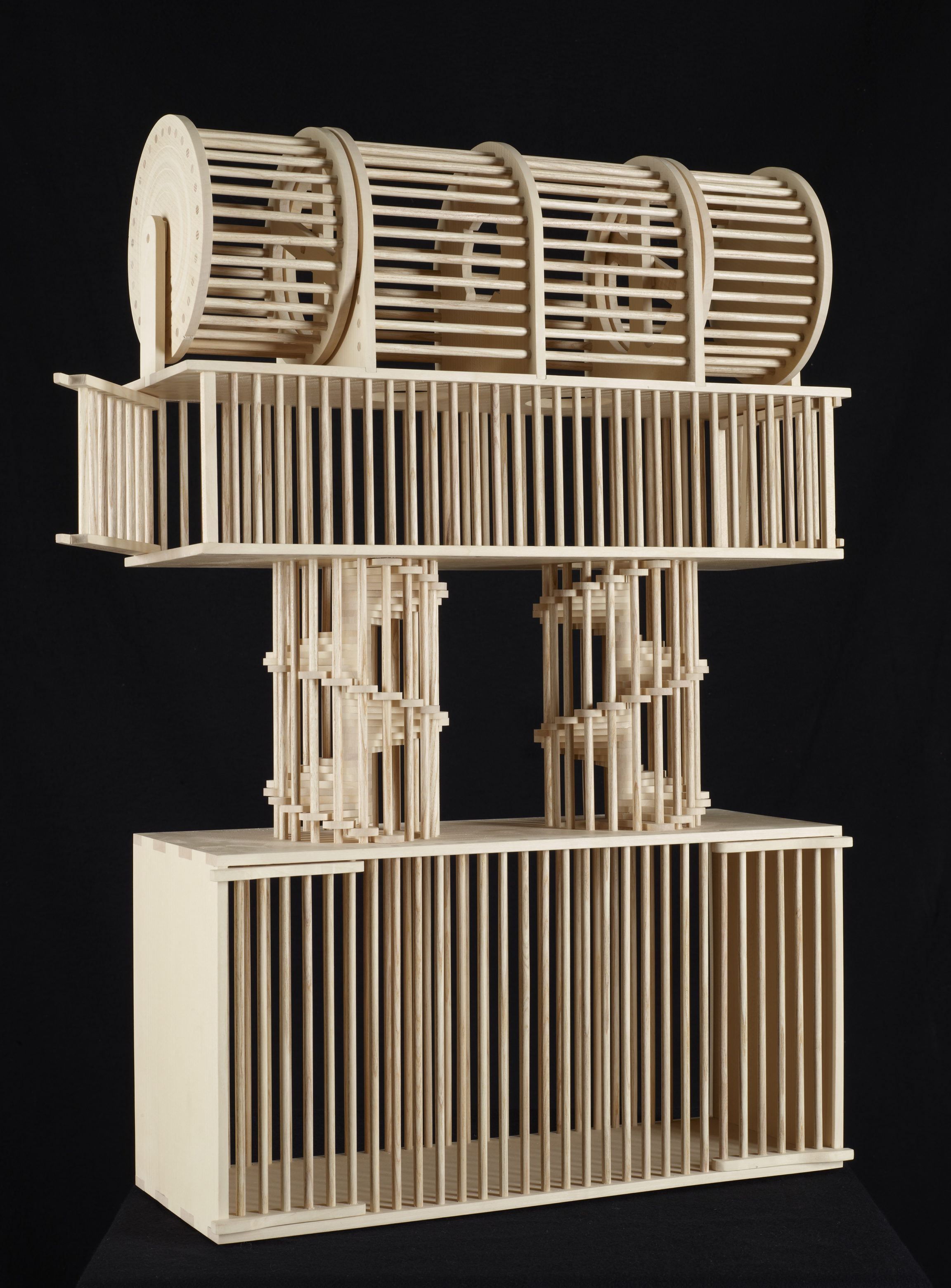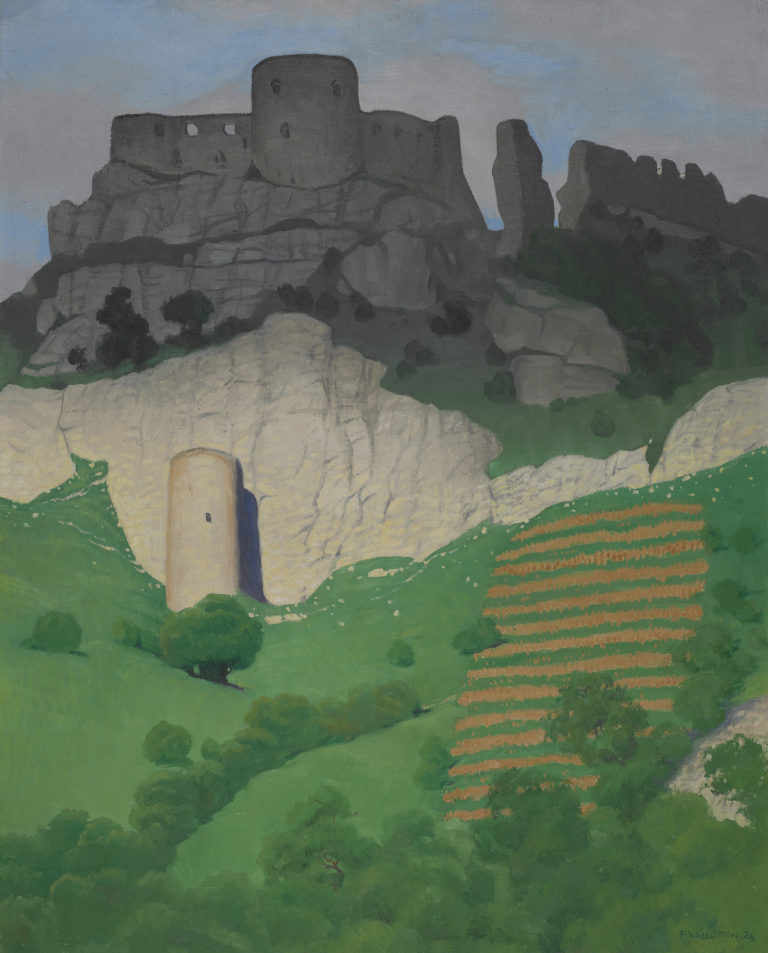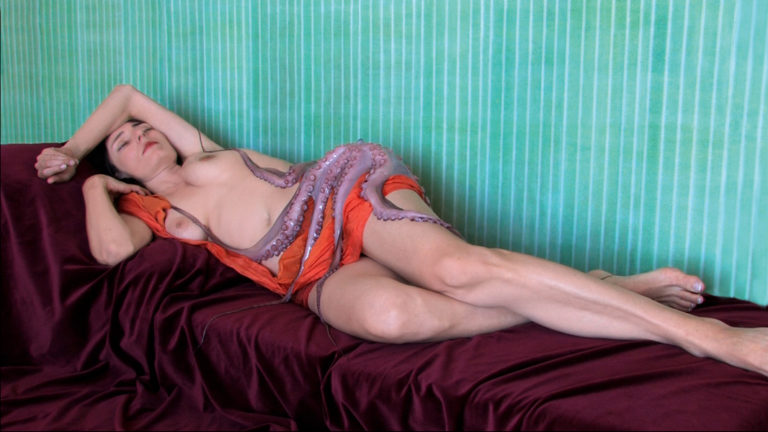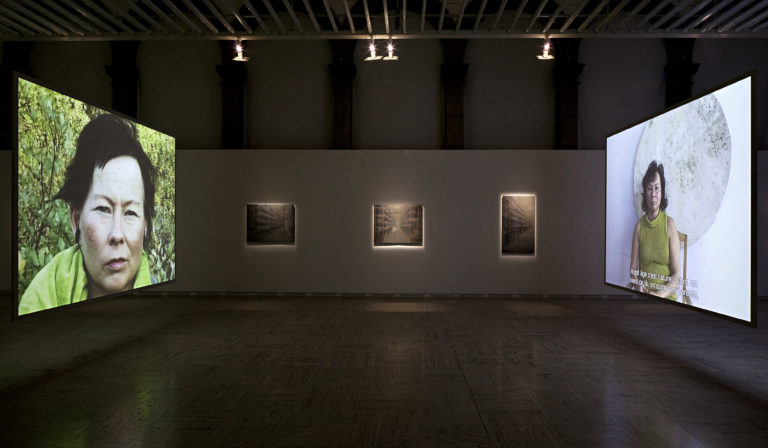Bibliography
Yilmaz Dziewior (ed.), Maria Eichhorn, exh. cat. Bregenz, Kunsthaus, 2014.
Tilman Bezzenberger, Maria Eichhorn and Charles Esche, Maria Eichhorn – Aktiengesellschaft, exh. cat. Eindhoven Van Abbemuseum, Cologne, Walther König, 2007.
Maria Eichhorn, Abbildungen, Texte, Interviews. Maria Eichhorn 1989-1996, Munich, Kunstraum München, Munich, Silke Schreiber, 1996.




Maria Eichhorn is a Berlin-based conceptual artist whose work incorporates social, economic, environmental and political aspects and who brings a critical gaze to bear on the art world and the values it embodies.
Eichhörnchenkäfig, produced in nine copies for the Kunsthaus Bregenz, is first and foremost a beautiful piece of woodwork in the finest Black Forest tradition. It is a life-sized copy of a squirrel cage on display at the Angelika Kauffmann Museum in Schwarzenberg, near Bregenz, Austria. Angelika Kauffmann was one of the leading female artists of the eighteenth century, her fame matched only by Élisabeth Vigée-Lebrun. As an eminent portraitist and neo-classical history painter with a cosmopolitan lifestyle, she has recently been the focus of research in Gender Studies, which is how Eichhorn became interested in her. The cage with spinning parts is also reminiscent of Marcel Duchamp’s mechanical inventions such as chocolate grinders and bachelor machines, placing it in the sphere of ready-made art. The artwork also plays ironically on the artist’s surname, which means ‘squirrel’ in German. The cage in which tame squirrels would once have scampered to entertain children and grown-ups has become a critique of the system that requires the artist to ‘perform’ a suitable role for the chattering classes.